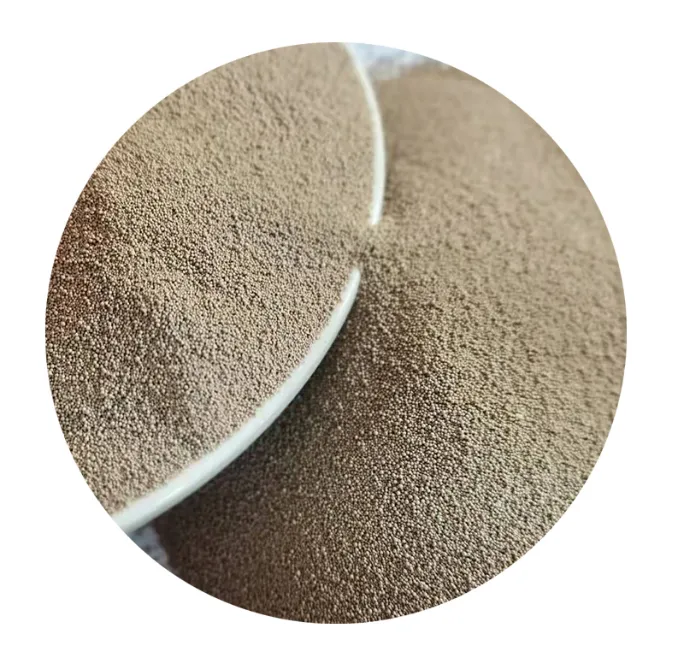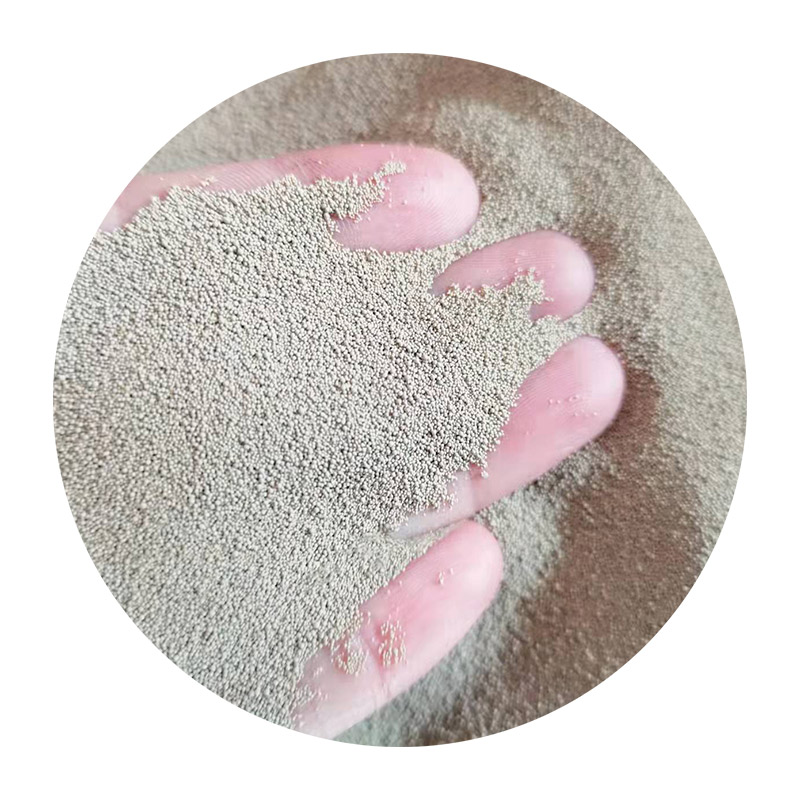

One significant advantage of low pressure sand casting is its adaptability across various metals, including aluminum, bronze, and magnesium alloys. This ability to work with a wide range of materials makes it a versatile choice for different industry needs. Each metal presents unique properties that can be harnessed to achieve desired strength, weight, and thermal characteristics. Thus, low pressure sand casting offers manufacturers the flexibility to tailor products to specific applications without being constrained by material limitations. Quality assurance in low pressure sand casting is further enhanced by advanced monitoring technologies and strict process controls. Real-time data collection ensures that every stage of the casting process is optimized, from pre-casting inspections to final product evaluations. This level of oversight not only guarantees the highest standards of quality assurance but also elevates the trustworthiness of the process in meeting and exceeding client expectations. The expertise required to efficiently conduct low pressure sand casting cannot be overstated. Trained professionals utilize their deep understanding of metallurgy and mold design to navigate the complexities of the process. Their ability to troubleshoot potential issues before they arise is crucial for maintaining seamless operations and producing components that exemplify precision engineering. In essence, low pressure sand casting embodies the confluence of tradition and innovation—respecting the time-tested principles of casting while embracing modern advancements that enhance product quality and sustainability. As industries continue to evolve and demand for high-performance components increases, the adoption of low pressure sand casting is set to expand. This growth underscores its role as not just a manufacturing process, but a strategic advantage in the competitive landscape of global industry. Post time:ມ.ຖ. . 04, 2025 09:13
Next:industrial sand casting
